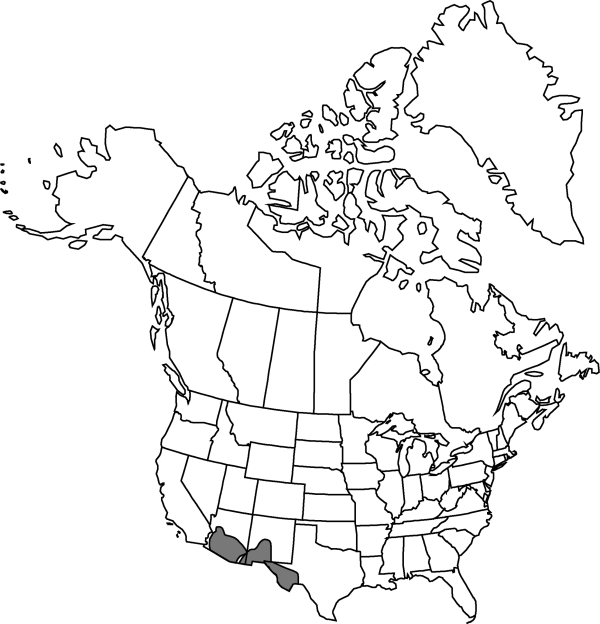Difference between revisions of "Peniocereus greggii"
Contr. U.S. Natl. Herb. 12: 428. 1909.
FNA>Volume Importer |
FNA>Volume Importer |
||
| Line 11: | Line 11: | ||
|name=Cereus greggii | |name=Cereus greggii | ||
|authority=Engelmann | |authority=Engelmann | ||
| + | |rank=species | ||
|publication_title=in F. A. Wislizenus, Mem. Tour N. Mexico, | |publication_title=in F. A. Wislizenus, Mem. Tour N. Mexico, | ||
|publication_place=102. 1848 | |publication_place=102. 1848 | ||
| Line 49: | Line 50: | ||
-->{{#Taxon: | -->{{#Taxon: | ||
name=Peniocereus greggii | name=Peniocereus greggii | ||
| − | |||
|authority=(Engelmann) Britton & Rose | |authority=(Engelmann) Britton & Rose | ||
|rank=species | |rank=species | ||
| Line 61: | Line 61: | ||
|publication year=1909 | |publication year=1909 | ||
|special status= | |special status= | ||
| − | |source xml=https://jpend@bitbucket.org/aafc-mbb/fna-data-curation.git/src/ | + | |source xml=https://jpend@bitbucket.org/aafc-mbb/fna-data-curation.git/src/f50eec43f223ca0e34566be0b046453a0960e173/coarse_grained_fna_xml/V4/V4_301.xml |
|subfamily=Cactaceae subfam. Cactoideae | |subfamily=Cactaceae subfam. Cactoideae | ||
|genus=Peniocereus | |genus=Peniocereus | ||
Revision as of 22:39, 16 December 2019
Shrubs, erect to sprawling, usually inconspicuous. Roots turnip-shaped, usually 15–30 × 5–12 cm (much larger ones known). Stems gray-green to gray, simple or with 2–5 branches, 40–120(–300) cm, distally 8–20 mm diam., at midlength ca. 10 mm diam., often narrowed toward base; wood hollow, solid-surfaced cylinders, 4–7 mm diam.; ribs 4–6, prominent; areoles (3.5–)12(–15) mm apart along ribs, circular to elliptic, 2–5 × 2 mm. Spines (9–)11–15(–17) per areole, usually in 3 vertical rows; abaxial 3–5 spines appressed, yellowish white throughout or only at tips, to 3 mm, puberulent when young; adaxial spines black, subulate, to 1 mm. Flowers: nocturnal (remaining open next day), 15–25 cm; scales of flower tubes green, tipped red or brown; outer tepals greenish white with brown to reddish midstripes; inner tepals white or lightly tinged cream or pink (or rarely all rose-pink), lanceolate-attenuate, apiculate, 4–7 cm, attenuate to mucronate; stamens 2.5 cm; anthers cream-yellow, 2 mm; style white, 10–14 cm; stigma lobes 9–11, white. Fruits bright red, darkening in age, ellipsoid, 60–90 × 40–50 mm. Seeds 3–4 × 2–2.5 mm. 2n = 22.
Distribution

sw United States, w Mexico.
Discussion
Varieties 2 (2 in the flora).
Selected References
None.
Key
| 1 | Areoles elliptic, 4-5 × 2 mm; adaxial spines tending to be directed toward tip of plant; abaxial spines directed toward base of plant; flowers 15-17 × 5-6 cm | Peniocereus greggii var. greggii |
| 1 | Areoles nearly circular, 2 × 2 mm; spines radially spreading; flowers 22-25 × 7-8 cm | Peniocereus greggii var. transmontanus |